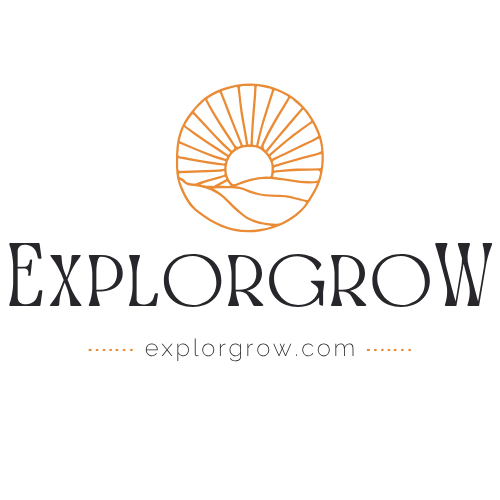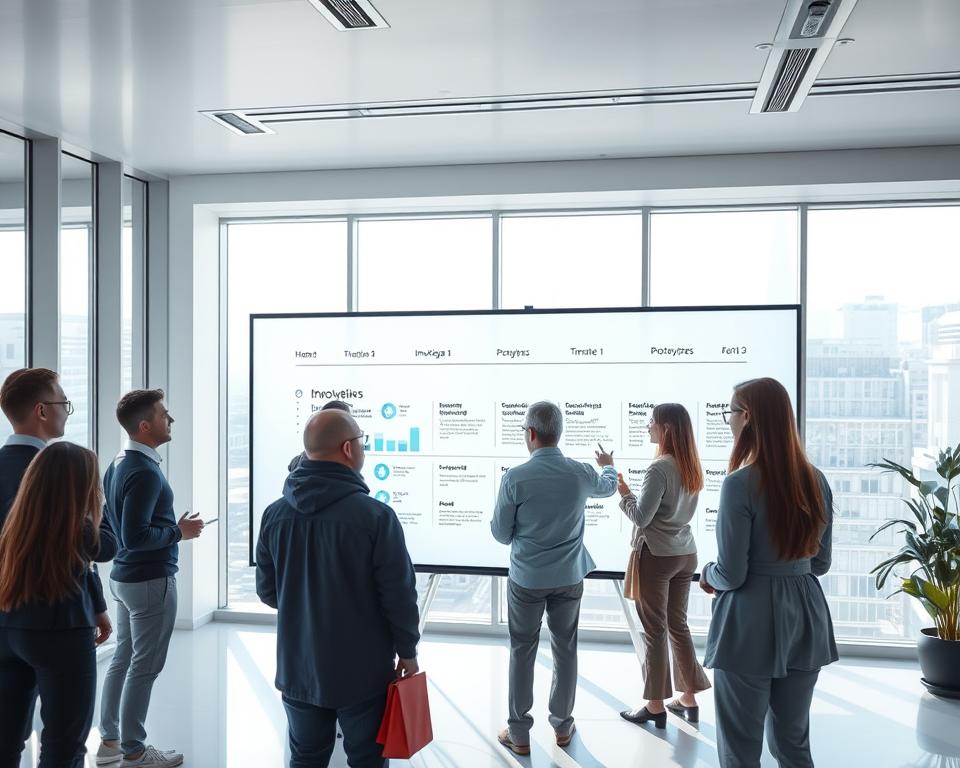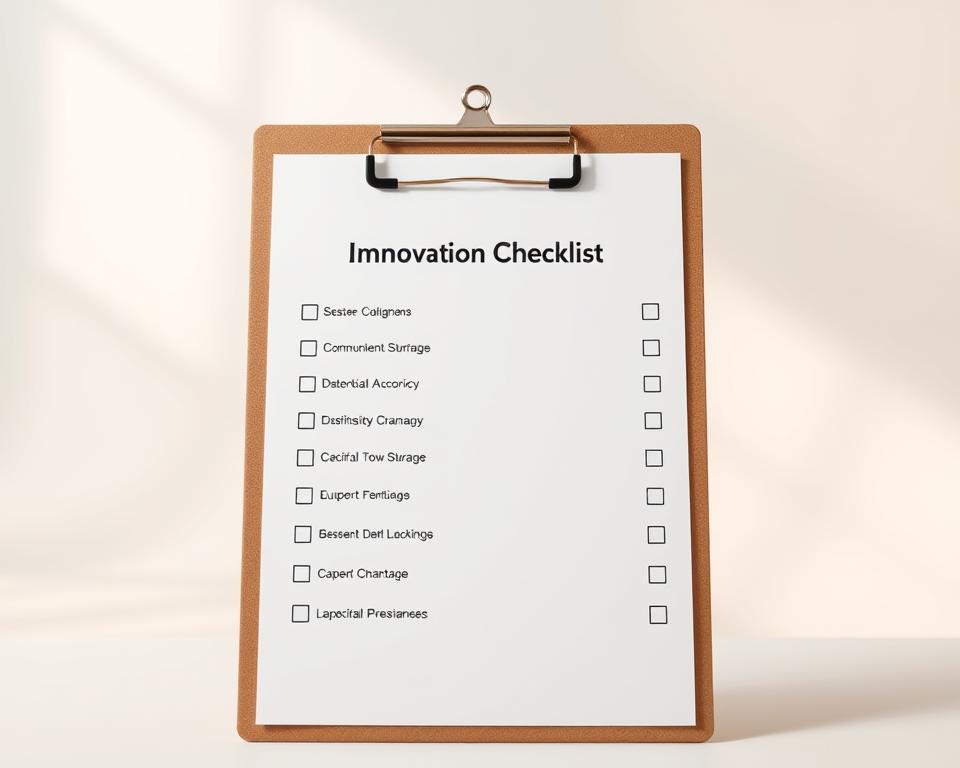Anunțuri
Can your team turn new ideas into measurable value faster than your competitors?
2025 shifts the focus: cutting-edge technology now pairs with human-centered practice to lift performance across products, services, and business models.
You’ll get a clear, strategic list that links real-world examples and cases to execution. We’ll look at firms like Netflix, Tesla, Dyson, and GoPro to show how shifts in product and process thinking reshape the market.
Think of innovation as a capability, not a one-off. Ongoing learning loops, better organizational design, and rapid experiments decide which product features and services deliver the most impact.
Expect practical workplace practices that boost creativity and engagement, plus notes from higher education use cases with AI assistants and VR labs. For a fuller tech context, see the top technology trends shaping this year’s choices.
Anunțuri
Read on to apply strategic insights to your company and consider professional consultation for business or sustainability decisions.
Introduction: Innovation examples you can use to navigate 2025
Innovation examples you can use start with small tests that show what works in your context. This guide is practical and responsible, aiming to help you adapt tools and practices without promising guaranteed growth.
2025 compresses time-to-market. Customer expectations shift fast and AI advances multiply options. You need disciplined approaches that balance speed with clear metrics and strong communication.
Anunțuri
Employee engagement and innovation reinforce each other. APIAR found 94% see a positive link and 63% treat change as a form of engagement. McKinsey notes 80–90% of executives prioritize innovation but only 6% are satisfied with results. That gap shows why people, support, and feedback loops matter as much as tech.
- Definitions and types to give you a clear sense of value.
- Workplace practices and product paths to lift engagement and ideas.
- Quick tests, lightweight metrics, and feedback loops to reduce risk.
Use these ways to learn and adapt, tailor them to your people and work, and consult qualified professionals for complex business or sustainability choices.
What “innovation” means in 2025: types, value creation, and how companies evolve
Start by naming the kind of change you want so your metrics and timelines match the goal.
Definition: innovation is creating new value by improving products, processes, services, or business models to meet customer needs.
Product, process, and business model explained
Product innovation adds features or improves user experience. Process changes often unlock efficiency and cut costs. Business model shifts change how your company captures value and reaches the market.
Marketing and organizational change
Marketing innovation covers new channels and personalization to boost engagement. Organizational innovation reshapes structure, decision-making, and culture so ideas survive and teams act faster.
Incremental, sustaining, and disruptive choices
Incremental improvements are small, steady gains. Sustaining moves keep you competitive. Disruptive bets can create new markets but need different KPIs, longer horizons, and higher risk tolerance.
- Align type to KPIs: short tests for incremental, revenue and retention for sustaining, market creation metrics for disruptive.
- Portfolio view: balance small wins with a few sustaining and disruptive experiments as part of value creation.
Forces reshaping innovation now: AI, adaptive organizations, and market shifts
AI and adaptive org design are changing how quickly teams turn ideas into measurable outcomes. You’ll see shorter cycles, clearer ownership, and faster feedback from customers and telemetry.
AI-enabled discovery and continuous learning loops
AI speeds discovery by surfacing patterns and suggesting hypotheses, so product and process work moves from guesswork to data-driven bets.
Combine customer signals, telemetry, and lightweight experiments to create continuous learning loops that cut time-to-insight.
From silos to cross-functional teams: faster cycles, better customer feedback
Cross-functional teams compress handoffs and improve communication. When designers, engineers, and product owners share accountability, iteration time drops.
Blend qualitative feedback with analytics to prioritize features that matter in a shifting market.
- Pragmatic steps: pilot small cross-functional squads and scale what works for your company.
- Use lightweight metrics — adoption, retention, and behavior change — alongside revenue to spot early value.
- Remember: collaboration practices, not just technology, drive better decisions and faster improvements.
- Keep governance, data quality, and ethical guardrails in place — AI is an amplifier, not a replacement for judgment.
Practical workplace innovation examples that lift engagement and efficiency
Real gains come when teams pair clear roles with simple feedback and space for focus.
Self-managed, cross-functional teams to speed ideas into products
Give small squads ownership of a feature or customer outcome and cut approval bottlenecks.
Cross-functional teams with a shared charter reduce handoffs. That shortens cycle time and improves efficiency.
Continuous feedback and recognition tools that fuel creativity
Use weekly pulse checks and public kudos to keep early signals visible. HeartCount-style surveys catch issues fast.
Regular feedback sessions support creativity and better communication. Recognition programs increase engagement and motivation.
Flexible work and wellness programs to sustain performance
Offer flexible hours, focused deep-work blocks, and wellness stipends. These steps lower burnout and boost retention.
When people feel healthy and rested, they bring better ideas and steady performance to the company.
Transparent and anonymous work planning to reduce bias
Combine open roadmaps with anonymous idea submissions. This widens participation and improves ownership.
Transparent plans and clear roles create accountability without discouraging quieter contributors.
Purpose-led culture: aligning people, resources, and ideas for impact
Make purpose practical by linking goals to team charters and measurable signals like participation rates and cycle times.
Start small: weekly pulse checks, a public wins board, and a short team charter. Pilot, measure sentiment trends, then scale.
- Measure participation, cycle time, and sentiment for clear improvements.
- Carve space for focused work and separate collaboration time.
- Avoid adding many tools at once—start with a few and iterate based on feedback.
Innovation examples in products and platforms: how leaders keep evolving
C. When companies balance bold pivots and steady upgrades, their platforms keep evolving with user needs.
Netflix made a disruptive shift from DVDs to streaming and then optimized the product using vast A/B testing and viewing telemetry. That data refined content recommendations, UX, and release strategies to scale on-demand experience across markets.
Netflix: disruptive play refined by data
This move was disruptive: it remade the market and required new KPIs like streaming engagement and retention. Short experiments and metrics kept the product responsive without overpromising outcomes.
Tesla: sustaining upgrades via software
Tesla follows a sustaining path. Over-the-air updates add safety and new capabilities without new hardware. That approach extends product life and shifts some value to software-driven services.
Dyson and GoPro: incremental improvements that compound
Dyson and GoPro ship steady gains—better suction, stabilization, and image quality. These small improvements build loyalty and justify repeated purchases.
From LEDs to smart fridges: incremental meets disruptive
LED bulbs show long-term, incremental gains in efficiency. Smart fridges add connectivity and inventory services, creating new business models inside a familiar category.
- Type mapping: Netflix — disruptive; Tesla — sustaining; Dyson/GoPro — incremental.
- Lessons: invest in data, shorten release cycles, and align features with customers’ jobs-to-be-done.
- Organization: integrated hardware-software teams and outcome-focused metrics help protect core products while testing adjacent services.
- Practice: pilot features with target segments before full rollout and adjust pacing to market and regulation.
For more real-world approaches to creative change and how companies execute these moves, see this short primer on transformative approaches: transformative innovation in practice.
Sector snapshot: higher education’s cutting-edge technology and learning innovations
Higher education is adopting rapid, practical tools that change how students learn and how faculty teach. You can use AI, immersive labs, and hybrid models to expand access, boost engagement, and measure outcomes.
AI teaching assistants and smart nudging to improve student support
Georgia Tech’s Jill Watson shows how an AI assistant can answer routine questions and extend instructor capacity. That frees faculty to focus on complex feedback and mentorship.
Result: faster response times and steady student support without extra staffing costs.
VR, virtual labs, and 3D printing: hands-on experience at scale
UbiSim helped Labouré College supplement more than 10,000 clinical hours with realistic VR simulations. Labster research shows students learn about twice as much when virtual labs supplement lectures.
Penn State’s Innovation Hub uses 3D printing so students solve local business problems and build product-ready prototypes. These tools make hands-on learning part of the curriculum.
Flipped and hybrid learning models to boost engagement and outcomes
Flipped classrooms report higher engagement—LearnDash finds 9/10 teachers see gains. Hybrid models work when you add faculty training, clear communication channels, and accessible course design.
- Measurable benefits: clinical hours, doubled concept mastery, and higher engagement rates.
- Începeți cu puțin: pilot with clear learning objectives and faculty development resources.
- Design for inclusion: accessibility and community communication (social channels) should guide tool choice.
Sustainability as a strategy: creating value while reducing waste
Sustainability can be a deliberate growth lever that reduces waste while boosting long-term value. Make it a strategic part of how your teams design products, run operations, and shape business choices.
Process improvements and circular design
Start by mapping material and energy flows to spot waste and inefficiency. Small process changes often cut cost and build efficiency quickly.
Circular design keeps parts and materials in use longer, which lowers lifecycle impacts and can create new revenue streams through repair, refurb, or take-back programs.
Carbon-aware operations and purpose-driven collaboration
Shift energy-heavy tasks to times when grid emissions are lower. That simple scheduling change reduces emissions and often lowers bills.
Purpose-aligned goals help your people and suppliers collaborate across functions. When procurement, product, and operations share targets, decisions become faster and more resilient.
- Market signals: customers and regulators increasingly reward credible progress.
- Measure baselines, set clear targets, and pilot circular projects before scaling.
- Watch common issues — data gaps, supplier limits, and change management — and plan mitigation.
Choose technology and partners that match your maturity and risk appetite. For rigorous measurement and reporting, engage qualified sustainability professionals to validate progress and avoid greenwashing.
From intent to execution: building your innovation operating system
Make it simple: a repeatable system lets your company turn intent into measurable outcomes. Start with clear strategy, short learning cycles, and empowered teams that own outcomes.

Open communication, diversity of thought, and empowered teams
Set regular rituals for open communication that surface feedback weekly. Use short standups, demo hours, and a public wins board so obstacles appear early.
Hire for diverse perspectives and encourage inclusive debate. That variety of thought creates better ideas and reduces blind spots.
Rapid prototyping, smart metrics, and resource support for experiments
Use time-boxed prototypes with clear exit criteria. Track smart metrics such as adoption, retention, and behavior change alongside revenue.
Provide dedicated time, small budgets, and the right tools to test responsibly. Keep lightweight governance to manage risk without slowing work.
- Operate simply: clear strategy, empowered teams, short cycles.
- Document learning: capture and share results to build continuous learning.
- Review often: rebalance your portfolio across incremental, sustaining, and disruptive bets.
Psychological safety matters: when people can surface risks, your company will learn faster and increase the chance of long-term success.
Concluzie
Keep learning — steady effort beats one-off leaps. Treat idea work as a team sport that pairs data with human judgment so your products and services improve over time.
Începeți cu puțin: map your portfolio, pick one prototype to time-box this week, and set clear learning goals for your teams. Use those short tests to shape product features and customer experience.
Remember: people, a sense of purpose, and practical feedback shape outcomes as much as tools. Results vary, so include ethics, compliance, and risk controls.
When decisions get complex, consult qualified business or sustainability professionals. Stay curious, carve out reflection time, and build habits that help your company become one of the innovative companies that last.



